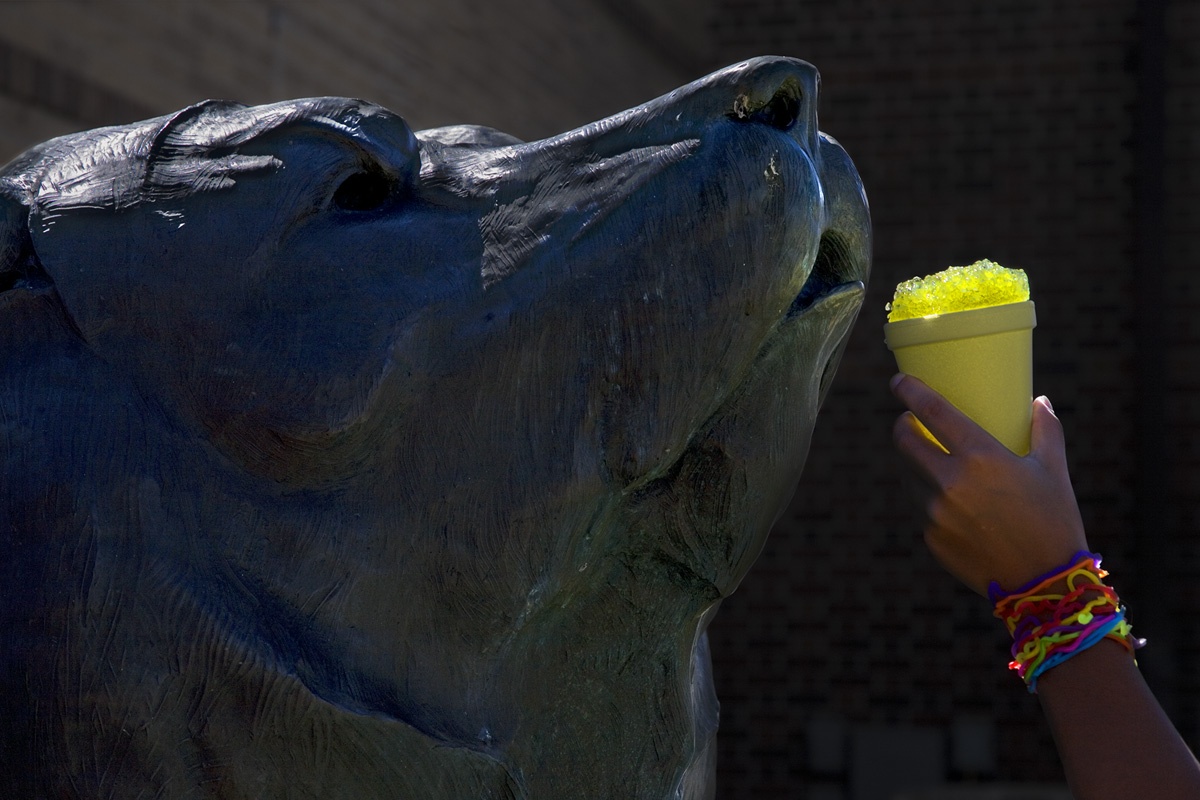The Texas oil boom of the 1950s transformed Midland into a bustling community. More than 250 oil companies established offices in the city, which grew from 10,000 in 1940 to more than 62,000 by 1960. That growth raised the skyline and made it visible for miles.
But it wasn’t the first time Midland and its architecture benefited from an oil boom. Less than a mile from the city center, the Museum of the Southwest occupies the house and grounds of one of the most important landmarks in the region. The Fred and Juliette Turner House, now part of the museum’s 5-acre compound that includes a fine art collection, a planetarium and a children’s museum, was constructed in 1936, courtesy of riches made after the oil boom of the 1920s.
The house was built by Fred Turner Jr., a native of Coleman County who made his fortune acquiring unsurveyed lands that belonged to the state’s public free school fund. The land was sitting on top of one of the richest oil reserves in the world. In a move that befit his newly acquired status as oil baron, Turner hired well-known Dallas architect Anton F. Korn Jr. to design and build his dream home on 12 contiguous lots. Korn’s design, an eclectic residence of brick masonry, draws from his expertise in blending elements of the Colonial, Tudor and Mediterranean styles popular during the period.
Turner and his wife occupied the home until their deaths in the early 1960s. The family trust then sold the home to Midland County, which conveyed a lease to the Museum of the Southwest. Although modified over the years with additions to accommodate the museum’s growing collection, the original architecture remains intact, and the home is now listed on the National Register of Historic Places.
Today, you’ll find much of the museum’s grounds occupied by a collection of sculptures. Rest in the shadow of Joe Barrington’s 9-foot-tall welded steer (known as Rusty). Or try wrapping your arms around Panzon (“chubby” in Spanish), artist Dan Ostermiller’s child-friendly interpretation of a fat, happy bear. Then give the kids a chance to ride Galapagos Tortoise, a bronze casting of the island creature.
Inside, the museum highlights its collection of more than 40,000 works of art and archeological items, with exhibits located in the first floor of the Turner House and in an addition designed by the firm Ford, Powell & Carson. In the home’s original formal sunroom, you’ll find the bronze bull sculpted by Isidore-Jules Bonheur mounted above the Moroccan green tile floor.
The collection includes art by John James Audubon and paintings by members of the Taos Society of Artists. In addition to the permanent collection, the museum hosts changing exhibitions of guest artists year-round. Next door, the Durham Children’s Museum features interactive displays designed to create a learning experience.
The museum complex also includes the Blakemore Planetarium where the Spitz SciDome uses video technology to project a changing array of eye-dazzling programs overhead, including Dawn of the Space Age. Adjacent to the dome theater, ex-plore cosmic phenomena such as the plasma globe—or, as inventor Nikola Tesla called it, the “inert gas discharge tube.” Star parties take place once a month and are sponsored by the West Texas Astronomers, who set up viewing telescopes on the planetarium grounds.
Plan on dinner at the Wall Street Bar & Grill, a downtown Midland classic that offers comfortable, turn-of-the-century décor, including a mahogany bar and the original pressed-tin ceiling throughout the 100-year-old building. Try a “Gold Brick,” the grill’s signature ice cream dessert. It’s no substitute for a wildcatter lifestyle, but once you finish off the chocolate goodness, you’ll feel like a million bucks.
———————–
E. Dan Klepper is a photographer, author and artist who lives in Marathon.






